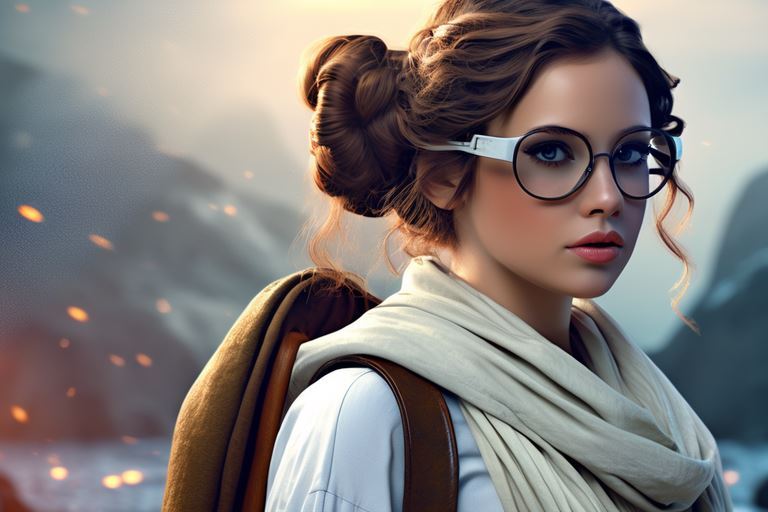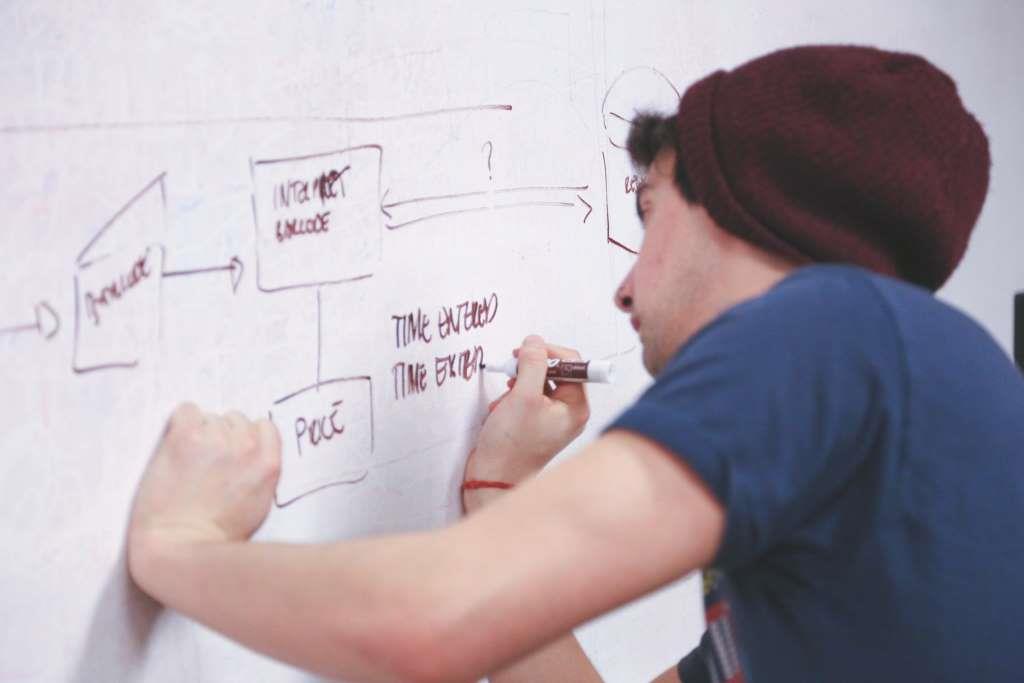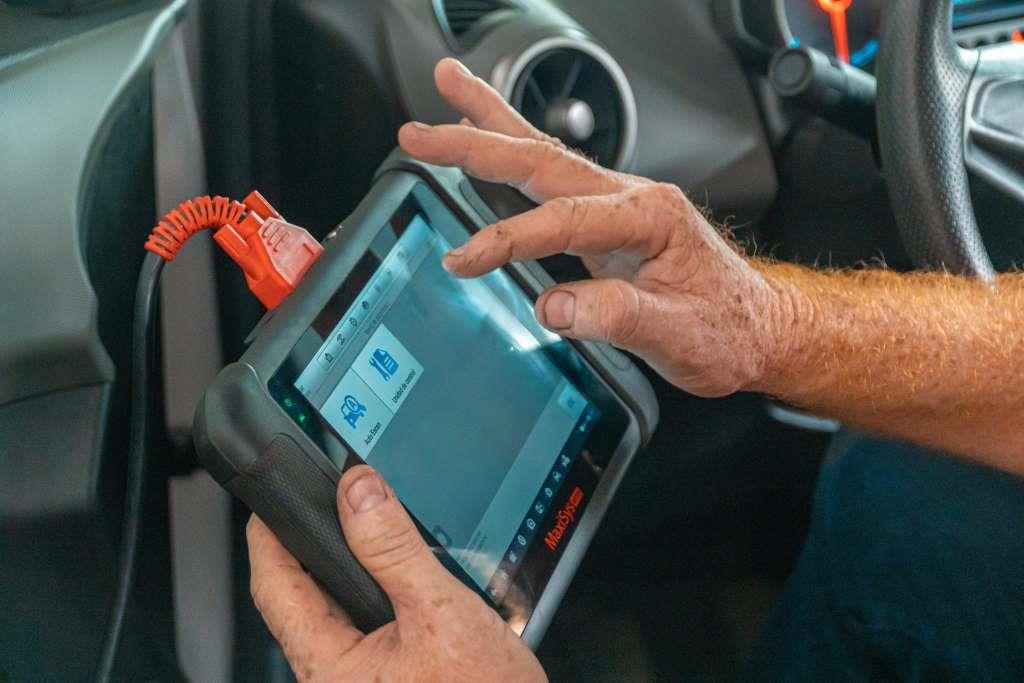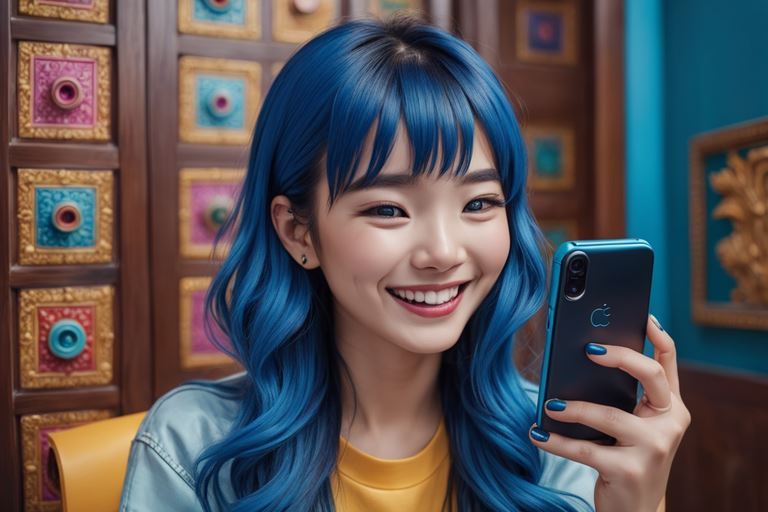Deep fakes are here and they are wreaking havoc on the social media as the faces, voices and mannerisms of well-known personalities are used in unauthorized deep fake videos for creating buzz. It’s a dangerous trend and we are seemingly helpless in dealing with it.
A few months ago the famous Hollywood Actor Tom Hanks made a statement on Twitter about some company using his likeness to promote a dental plan without his consent. Now this was being done using artificial intelligence by creating a deep fake version of Tom Hanks and that the real actor had nothing to do with the product or service.
While Tom Hanks went on to speak on more philosophical aspects of this threat of Technology being used by rogue elements to steal an artist’s personality and pointed out at a larger issue of actors not being given their due credit in the backdrop of ongoing Screen Actors Guild strike, the matter did not give any clues as to dealing with this kind of situation. AI generated images and deep fake videos are an increasing threat to public discourse. It could alter perceptions, spread misinformation and cause panic.
Closer to home there have been several such instances where personality of famous celebrities has been infringed upon by parties wanting to gain unfairly. Latest of the victims of deep fake videos is legendary cricketer Sachin Tendulkar who is seen in a doctored video talking about some shady gaming app. Sure, cases are being registered and possibly the perpetrators will be punished. Yet, this doesn’t seem to deter more such videos being put out.
In the last year Amitabh Bachchan was in court to protect his own likeness being misused by unknown people. In his case we have seen that over several decades, people have copied Bachchan’s voice, his looks, his mannerisms, his dialogues from famous old films and his overall style to entertain, create content, sell posters, T-shirts, make funny advertisements and so on. Most of it may have been without his consent as we understand that obtaining Mr. Bachchan’s copyrights or hiring him is an expensive affair. Also Indian law does not provide any clear definition of ‘personality’. Hence such infringements have continued on for a long time.
However now with this emerging threat of deep fakes and voice synthesis being used by dupe people, Bachchan ji had to take matters seriously. Actors like southern superstar Rajinikanth and Bollywood veteran Anil Kapoor have filed similar cases against parties who were using his name, voice or personality elements without their consent. In all these the instances, apart from the particular infringers, the case was filed against unknown defendants and people at large to get blanket protection against all possible infringements. Such cases are known as ‘John Doe’ or ‘Ashok Kumar Cases’ in India. As the courts have held that people who have attained celebrity status must have some right to protect their personality or ‘right to publicity’ emerging from the right to privacy. Such rights can also be justified under copyright act 1957 Sections 38 (performer’s right), 38A (exclusive right of performers) and 38B (moral rights of performers).
Whether AI technology is involved or not, the legal way to handle nonconsensual use of likeness of public personalities seems to be the best. However, the matter of Screen Actors Guild of America and its 5 month long strike to protest against new contracts by production houses was one step further. Film Production houses wanted to put this clause into the contract of the performers and artists which would have forced them to allow the use of their likeness for future commercial use without any additional compensation or residuals. Well the strike may have ended with contract negotiations being accepted for now, only time will tell how the right to publicity is protected effectively in the world of Deep Fakes.
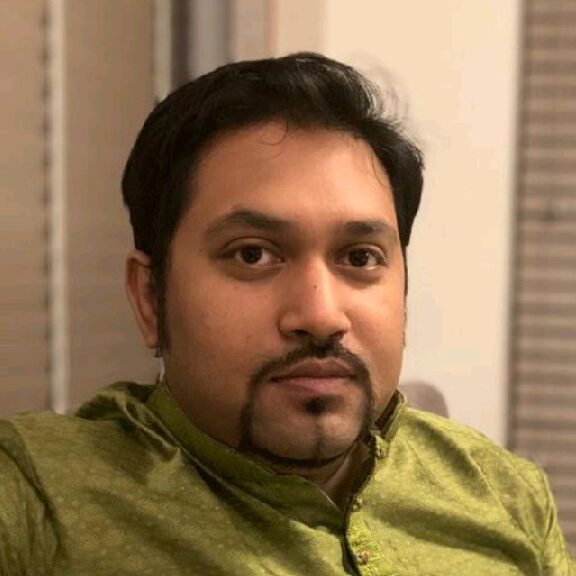
Article is written by Koustubh Bhattacharya. He has rich experience working with national and regional Governments in India for programs related to MSMEs and startups. He is an expert on technology adoption, communications and intellectual property rights.
Latest posts by TLB bureau (see all)
- The matter of personality rights in world of deep fakes - January 26, 2024
- Elevate Your Business Success with Essential Strategies for Today’s Market - January 13, 2024
- Implementing Microservices With FastAPI In Python - December 25, 2023







